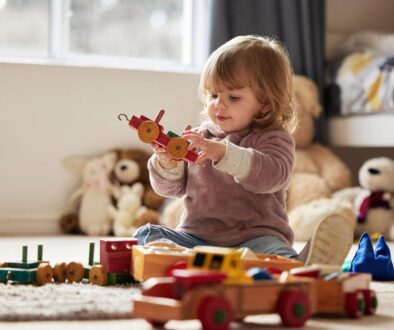What the Behavior May Really Mean

Children’s behavior often reflects their underlying needs, whether physical, emotional, or psychological. Understanding young children’s behavior requires observation, empathy, and consideration of various factors influencing their actions. Here are some common behaviors in young children and what they might mean:
- Temper Tantrums– Temper tantrums are a common behavior in toddlers and young children. They can occur when a child is frustrated, tired, overstimulated, or unable to express their needs verbally. Tantrums may also occur as a way for children to test boundaries and assert their independence.
- Clinging or Separation Anxiety– Some young children may exhibit clingy behavior or separation anxiety when faced with new people, environments, or experiences. This behavior can be a regular part of development as children learn to navigate their emotions and relationships with caregivers.
- Aggression– Aggressive behavior, such as hitting, biting, or throwing objects, can stem from frustration, anger, or a lack of impulse control. It may also be a way for children to assert themselves or communicate their needs when they cannot do so verbally.
- Whining or Crying– It is common for young children to express dissatisfaction, discomfort, or frustration. It may indicate that a child is tired, hungry, bored, or seeking attention.
- Refusal to Follow Instructions-Young children may sometimes refuse to follow instructions or comply with rules set by parents or caregivers. This behavior can be expected to assert independence and test boundaries.
- Withdrawal or Quietness– Some children may become withdrawn or quiet in certain situations, such as when they feel overwhelmed, anxious, or unsure of themselves. This behavior may also occur if a child is feeling unwell or experiencing emotional distress.
- Hyperactivity or Restlessness—Hyperactive or restless behavior can indicate that a child has excess energy or is feeling bored or under stimulated.
- Repetitive Behaviors—Repetitive behaviors like rocking, hand-flapping, or lining up objects may help children self-soothe, cope with stress, or explore their environment.
It’s important to remember that each child is unique, and behaviors can have multiple possible causes. Parents and caregivers should observe children’s behavior closely, communicate with them empathetically, and seek professional guidance if you have concerns about your child’s development or well-being.





